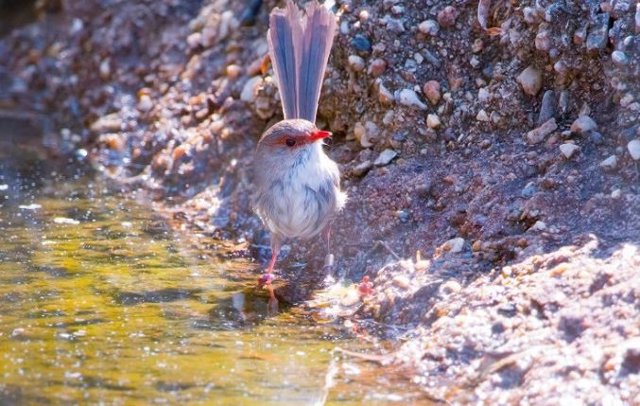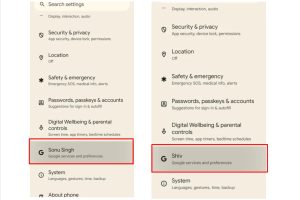March 10 () –
Australian scientists have observed how a local bird species takes risks to help members of its closest social circle, in the style of human hunter-gatherers.
“Both species live in multilevel societies, starting with a core group of a few closely connected individuals,” he explains. it’s a statement Ettore Camerlenghi, a PhD candidate at Monash University and lead author of the paper, which focused on Malurus cyaneus, a species of passerine bird known as the superb maluro or Australian blue mouse.
“We discovered that these species, like hunter-gatherers, have three different types of relationships: those of the same breeding group, known individuals from the same community, and unknown birds from the larger population“.
The research team tested the birds’ willingness to help others by issuing distress calls from individuals with different social relationships.
“Distress calls are a cry for help when birds are attacked by a predator.“, explains study co-author Professor Robert Magrath, from the ANU School of Biology.
The issuance of these calls allowed us to verify to what extent the birds were willing to help others in need.
IGNORE STRANGERS
“We found that they are very careful when it comes to helping. They risk their lives for the birds of their own breeding group, but they are more careful when helping casual acquaintances. As for strangers, surprisingly, They completely ignored the cries for help.”
The study is the first to examine the decision-making process of animals living in a multilevel society.
“Like humans, different social levels seem to have different functions.“, says Associate Professor Damien Farine, co-author from ANU and the University of Zurich.
“Central breeding units give individuals access to valuable help when they need it, while the broader society of family birds gives wrens the power in numbers when facing predators. Exploring patterns of cooperation can help us understand the benefits of living in multilevel societies”.
The findings have been published in Current Biology














![[Img #74148]](https://thelatestnews.world/wp-content/uploads/2024/10/Street-lights-that-get-their-electricity-from-traffic-vibrations-300x200.jpg)